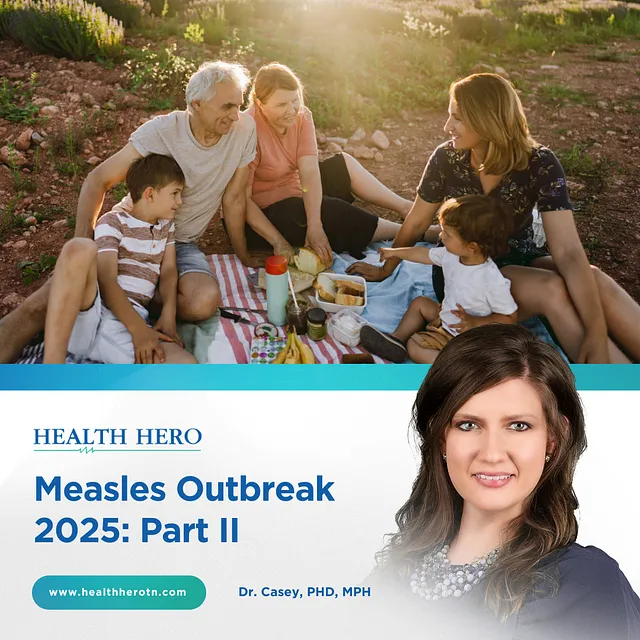For over 200 years, vaccinations have been a cornerstone of public health. They play an important role in helping prevent the spread of dangerous and infectious diseases and have made a significant impact on global health, preventing an estimated 3.5–5 million deaths each year globally.
Vaccines target various diseases, such as influenza, RSV, Covid-19, whopping cough, rotavirus, polio, etc. Vaccines have even helped ultimately eradicate some diseases like smallpox. In 1980, the World Health Assembly declared smallpox eliminated, and there have been no cases of naturally occurring smallpox since. The success of the smallpox vaccine shows how immunization saves lives globally.
While still around, polio is another devastating disease that has seen a dramatic decline thanks to vaccine campaigns. When polio infects an individual, approximately one out of every 200 cases result in permanent paralysis. Of those, 5–10% succumb to the condition when their respiratory muscles become paralyzed. Polio primarily impacts children below the age of 5.
While most people know about vaccines from the annual flu campaigns, vaccines can prevent a broader spectrum of diseases. Childhood immunizations help shield against diseases such as measles, mumps, and rubella and protect against deadly diseases like hepatitis, tetanus, and diphtheria.
However, recently, there has been a decline in children getting vaccines. According to the Centers for Disease Control and Prevention, During the 2022–23 school year, nationwide vaccination coverage among kindergarten children remained around 93% for MMR, DTaP, polio, and VAR, similar to that in the 2021–22 school year, lower than the 94% coverage in the 2020–21 school year, and lower still than the 95% coverage during the 2019–20 school year. These new statistics have health officials concerned that we will see more outbreaks of diseases that were recently eliminated from the United States.
The CDC recommends routine vaccination against 14 diseases for children before they turn 2 years old.
Vaccine hesitancy plays a role in this decline. Misinformation, distrust in healthcare systems, and fear of side effects contribute to hesitancy among certain populations. It’s important to consult a healthcare professional to dispel myths and provide evidence-based information to address individual concerns.
It’s also important to note that significant advancements in vaccine technology offer a new era of precision and effectiveness. Traditional vaccines often use weakened or inactivated forms of pathogens to stimulate an immune response. Modern vaccine technologies, such as mRNA vaccines, represent a groundbreaking approach that uses the body’s cellular machinery to produce viral proteins, triggering a strong immune response.
The COVID-19 pandemic is an example of the quick and effectiveness of the vaccine development system. Vaccines like the Pfizer-BioNTech and Moderna COVID-19 vaccines were developed with unprecedented speed and showcased the potential of innovative technologies to respond to emerging threats.
Vaccinations have proven to be one of the most effective tools in safeguarding public health, preventing the spread of infectious diseases, and helping to save lives. Historical success, innovations in vaccine technology, and efforts to address vaccine hesitancy collectively contribute to the overarching goal of creating a world where preventable diseases are rare. By understanding diseases and how vaccines can help reduce their risk, we can build a healthier and more resilient community, protecting ourselves and future generations from the devastating impact of infectious diseases.
. . .
Sources:
World Health Organization: Poliomyelitis
World Health Organization: Vaccines and Immunizations
U.S. Department of Health and Human Services: Immunization


